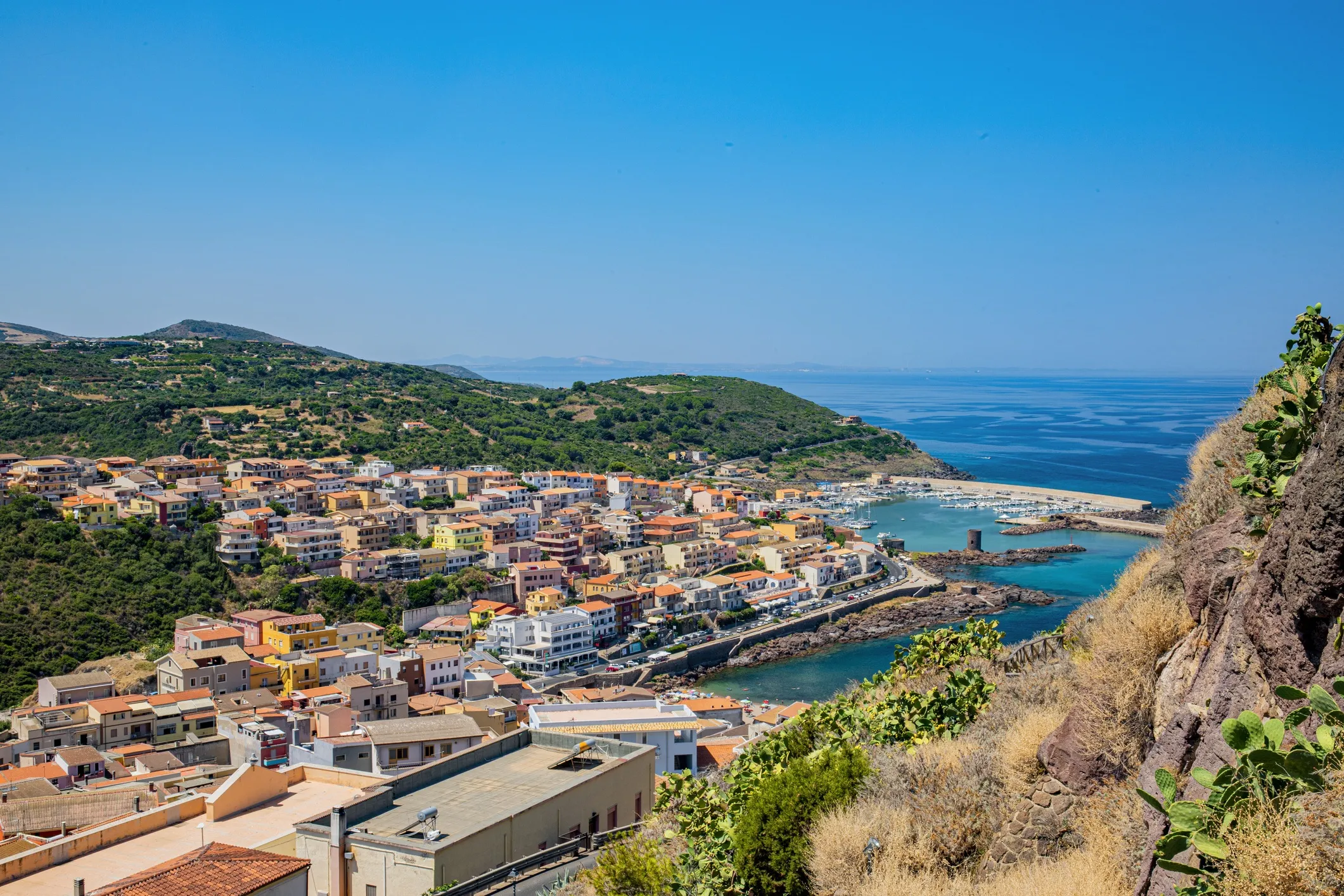How Are Standards Essential for Blue Zones?

Do you know what Okinawa, Japan; Sardinia, Italy; Loma Linda, California; Ikaria, Greece; and Nicoya, Costa Rica all have in common? These are the five original “Blue Zones”: a nonscientific term that describes geographic regions around the world where people live significantly longer and healthier lives than the global average.
Why Examine Blue Zones
With chronic diseases becoming more and more common in old age, it is worth examining why people who reside in these areas are living longer and understanding what factors promote healthier aging in these populations. Here is a summary of each of the Blue Zones:
- Icaria (Greece): Icaria is an island in Greece where people eat a Mediterranean diet rich in olive oil, red wine, and homegrown vegetables.
- Ogliastra, Sardinia (Italy): The Ogliastra region of Sardinia is home to some of the oldest men in the world, who live in mountainous regions where they typically work on farms and drink moderate amounts of red wine. Sardinian shepherds walk long distances daily and have a strong family structure.
- Okinawa (Japan): Okinawa is home to the world’s oldest women, who eat a lot of soy-based foods, practice “hara hachi bu” (eating only until 80% full) place a strong emphasis on community with “moai” (social groups), and practice tai chi—a meditative form of exercise.
- Nicoya Peninsula (Costa Rica): The Nicoyan diet is based around beans and corn tortillas. The people of this area regularly perform physical jobs into old age and have a sense of life purpose known as “plan de vida.”
- The Seventh-day Adventists in Loma Linda, California (USA): The Seventh-day Adventists are a very religious group of people. They’re strict vegetarians and live in tight-knit communities.

Qualities of Blue Zones
A “Blue Zone” is a region in the world where people are claimed to have exceptionally long lives beyond the age of 100 due to a lifestyle combining physical activity, low stress, rich social interactions, a local whole foods diet, and low disease incidence. Blue Zones are characterized by a unique combination of lifestyle factors, including:
- Diet: One thing common to blue zones is that those who live there primarily eat a 95% plant-based diet consistent of plant-based, nutrient-rich foods such as fruits, vegetables, whole grains, legumes, and nuts. Although most groups are not strict vegetarians, they only tend to eat meat around five times per month.
- Physical Activity: Regular movement through activities like walking, cooking, gardening, dancing, and other daily activities.
- Social Connection: Strong community ties, family support, and a sense of belonging.
- Stress Management: Techniques like meditation, prayer, and spending time in nature. Additionally, getting an adequate rest and a good night’s sleep also seems to be very important for living a long and healthy life.
- Purpose in Life: A sense of purpose and contribution to their community.

How Do International Standards Help Achieve Blue Zone Characteristics?
Standards are essential for Blue Zones because they provide a consistent framework and clear guidelines for identifying and promoting the key community characteristics and lifestyle habits like diet, physical activity, social connections, and stress management that contribute to longevity in these regions. This allows for the accurate measurement and replication of the “Blue Zones” model when applying it to other communities to examine what factors contribute to healthy aging. The following international standards provide guidelines for the various qualities depicted in Blue Zones:
- Diet – ISO 23662 defines technical criteria for foods and food ingredients that are suitable for vegetarians and vegans. This document also provides criteria for labeling and claims.
- Physical Activity – ISO 22398 provides guidelines for planning, conducting, and improving exercise programs within an organization.
- Social Connection – ISO 26000 helps organizations effectively assess and address social responsibilities that are relevant and significant to their mission and vision; operations and processes; customers, employees, communities, and other stakeholders; and environmental impact.
- Stress Management – ISO 45003 provides guidelines for managing psychosocial risks within an occupational health and safety management system based on ISO 45001.
- Purpose in Life – The integration of ISO standards, such as ISO 9001 (quality management), ISO 14001 (environmental management), ISO 45001 (occupational health and safety), and ISO 26000 (social responsibility), help provide meaning and a sense of purpose in life.
Blue Zone Certifications
Businesses (such as those in water treatment and services) can earn Blue Zone certifications by meeting certain criteria that improve employee health. Blue Zone has recently secured the prestigious ISO 9001 (Quality Management System) and ISO 45001 (Occupational Health and Safety Management System) certifications, issued by the National Institute of Standardization and Quality (INNOQ). Certifications to these international standards demonstrate a company’s commitment to high quality standards as well as employee safety within their operations.






